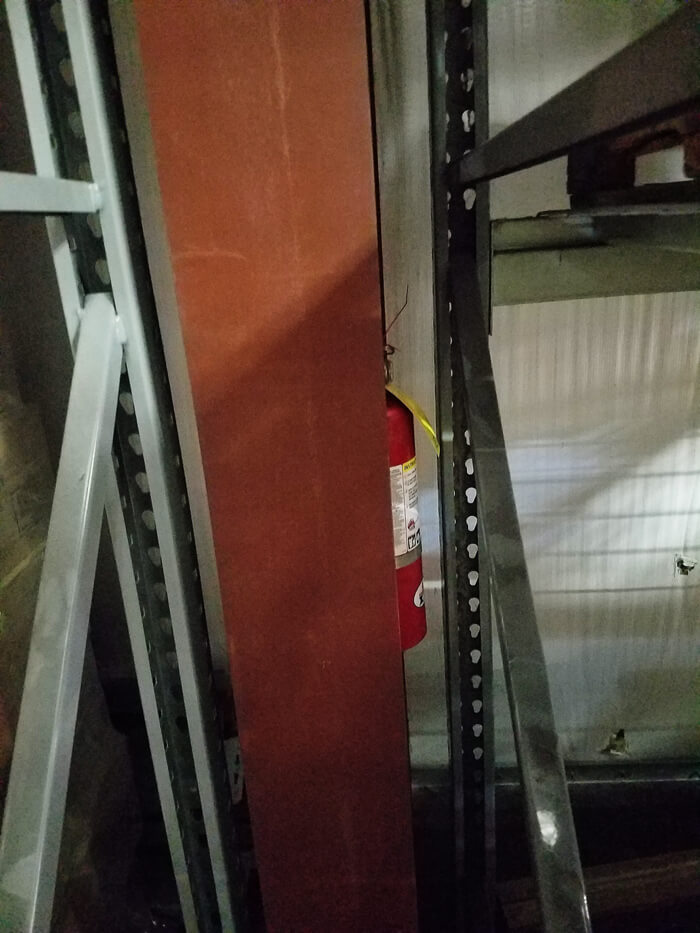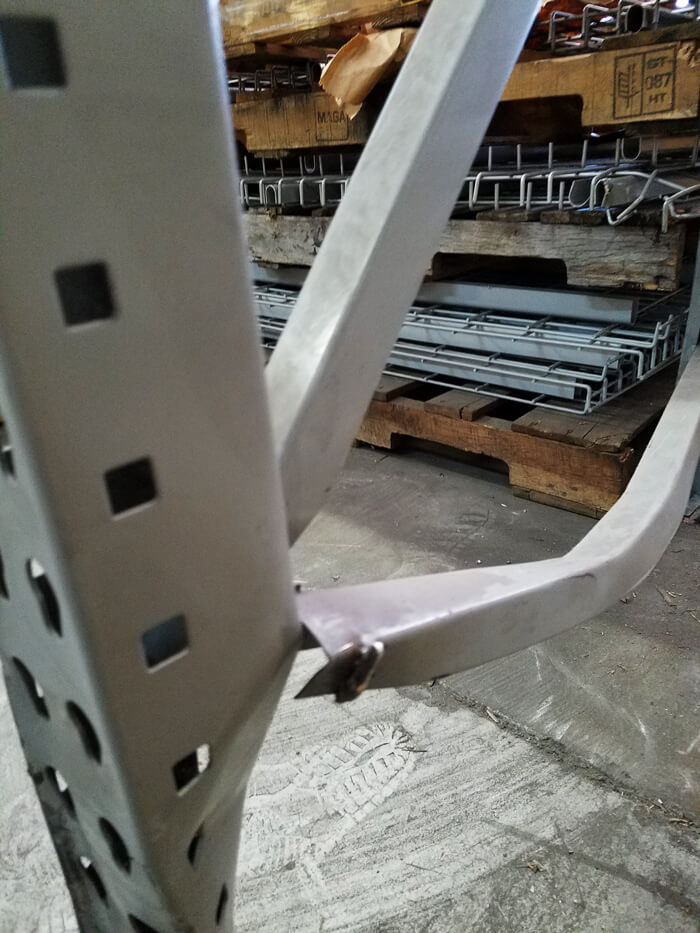Have you walked through your warehouse lately?
In the next few months, we will present tips on what to look for on your warehouse racks. Poor maintenance of your rack system can cause shelving collapse, resulting in expensive damage to products and physical harm to your employees, as well as OSHA fines. Regular inspection and maintenance of your racking is essential to help you maintain the safety of your employees and facility.
What should you do?
- Make a plan and incorporate it into your schedule.
- Create a checklist and put racking inspections on your calendar.
- Perform inspections at regular intervals, keeping records of your findings and the corrective actions taken.
- Occasionally review past reports and identify any problem area (i.e., the same upright has been replaced multiple times) that may need additional consideration, such as adding bollards.
Examples of what to look for during inspection:
- Damaged racks: Look for bent columns or beams, signs of impact, broken bracing, twisted columns out of plumb.
- Missing anchor bolts: Rack baseplates should be securely anchored to the concrete.
- Missing or unreadable load ratings: Paint beam capacities directly onto the front face of the beam.
- Overloaded beams: Loads placed on the beams must be within design capacities.
- Different use than the original design: Modifying the number of shelf levels, the heights of the shelf levels, and/or the loads being placed on the shelf levels can all cause the racking to be overloaded.
- Loose bolts or missing safety clips: Clips are often mistakenly left off when a beam level has changed.
- Racks blocking safety equipment or exits: Maintain clear paths to exits and clear access to fire extinguishers and first aid kits.
- If you discover damaged or unsafe racking, immediately remove all loads from that area until it can be repaired or replaced.


